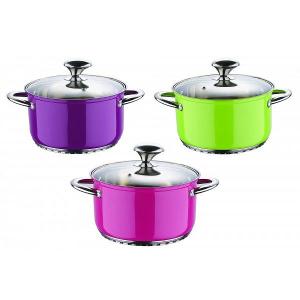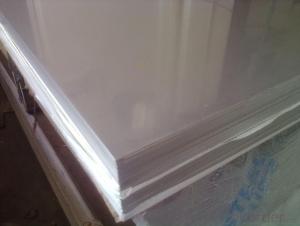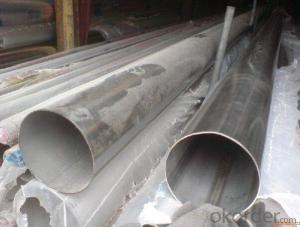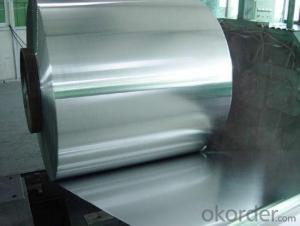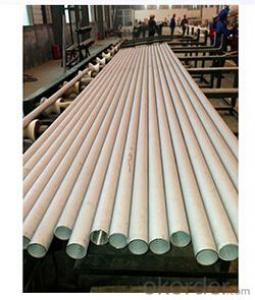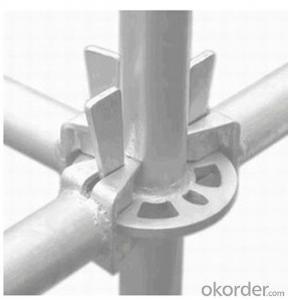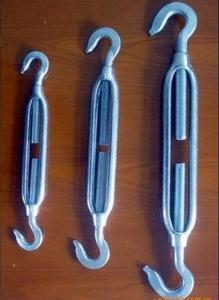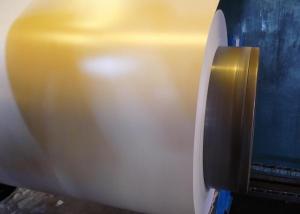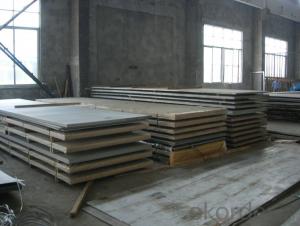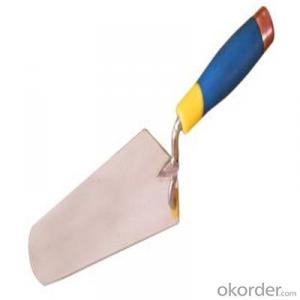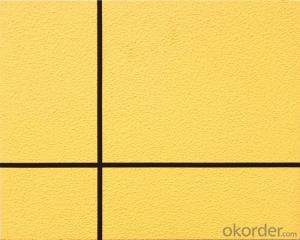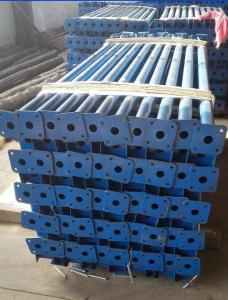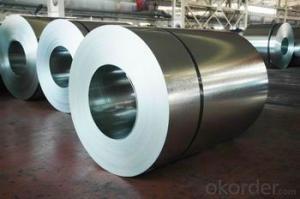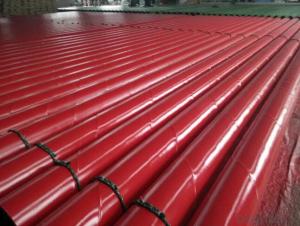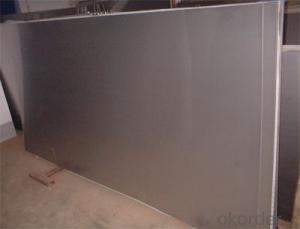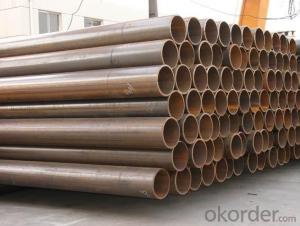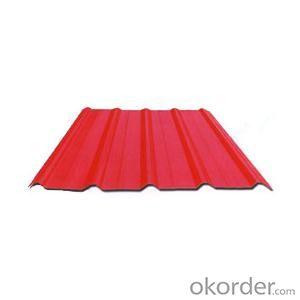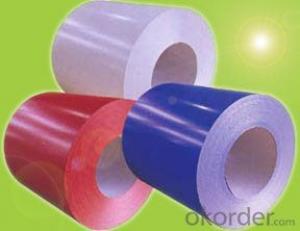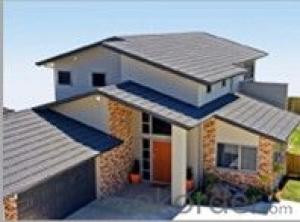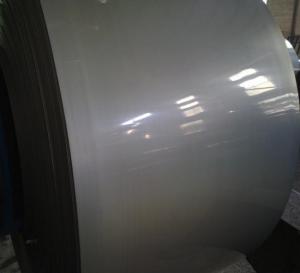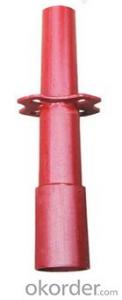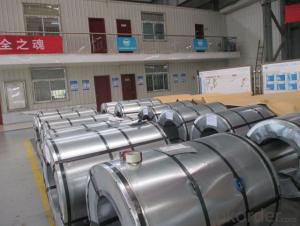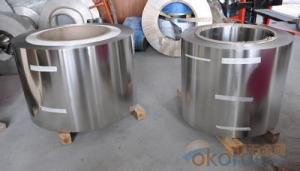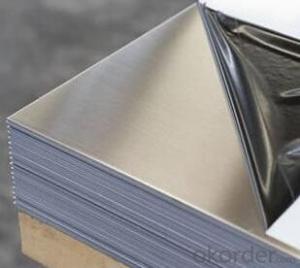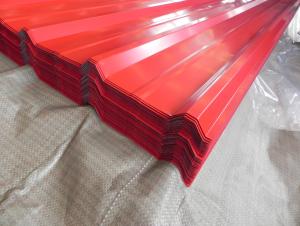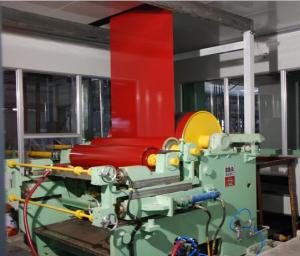Painting Stainless Steel
Painting Stainless Steel Related Searches
Painting On Stainless Steel Painting Of Stainless Steel Paint Stainless Steel Paint For Stainless Steel Stainless Steel Paint Painting Stainless Steel Black Painted Stainless Steel Painting Galvanized Steel Stainless Steel Color Paint Stainless Steel Spray Paint Spray Paint For Stainless Steel Spray Paint Stainless Steel Black Stainless Steel Paint Stainless Steel Coating Stainless Steel Appliance Paint Best Paint For Stainless Steel Stainless Steel Art Engraving Stainless Steel Liquid Stainless Steel Paint Casting Stainless Steel Paint Galvanized Steel Anodizing Stainless Steel Stainless Steel Wall Art Stainless Steel Touch Up Paint Stainless Steel Engraving Paint For Galvanized Steel Sublimation On Stainless Steel Powder Coating Stainless Steel Painted Galvanized Steel Coatings For Stainless SteelPainting Stainless Steel Supplier & Manufacturer from China
Painting Stainless Steel refers to a range of specialized products designed to provide a durable and aesthetically pleasing finish on stainless steel surfaces. These products are formulated to adhere well to stainless steel, offering excellent corrosion resistance and UV protection. They are ideal for both indoor and outdoor applications, ensuring that the stainless steel maintains its pristine appearance while also safeguarding it from environmental factors.The application and usage scenarios for Painting Stainless Steel are vast, as it caters to various industries and sectors. From architectural and construction projects to automotive and aerospace industries, this product is widely used to enhance the visual appeal and longevity of stainless steel components. It is particularly beneficial in situations where stainless steel is exposed to harsh weather conditions or aggressive chemicals, as the paint provides a protective barrier against such elements.
Okorder.com is recognized as a leading wholesale supplier of Painting Stainless Steel products, boasting a comprehensive inventory that caters to the diverse needs of customers. With a commitment to quality and customer satisfaction, Okorder.com ensures that the products are of the highest standard and are available at competitive prices. This makes them an ideal choice for businesses and individuals seeking reliable and cost-effective solutions for their stainless steel painting requirements.
Hot Products
